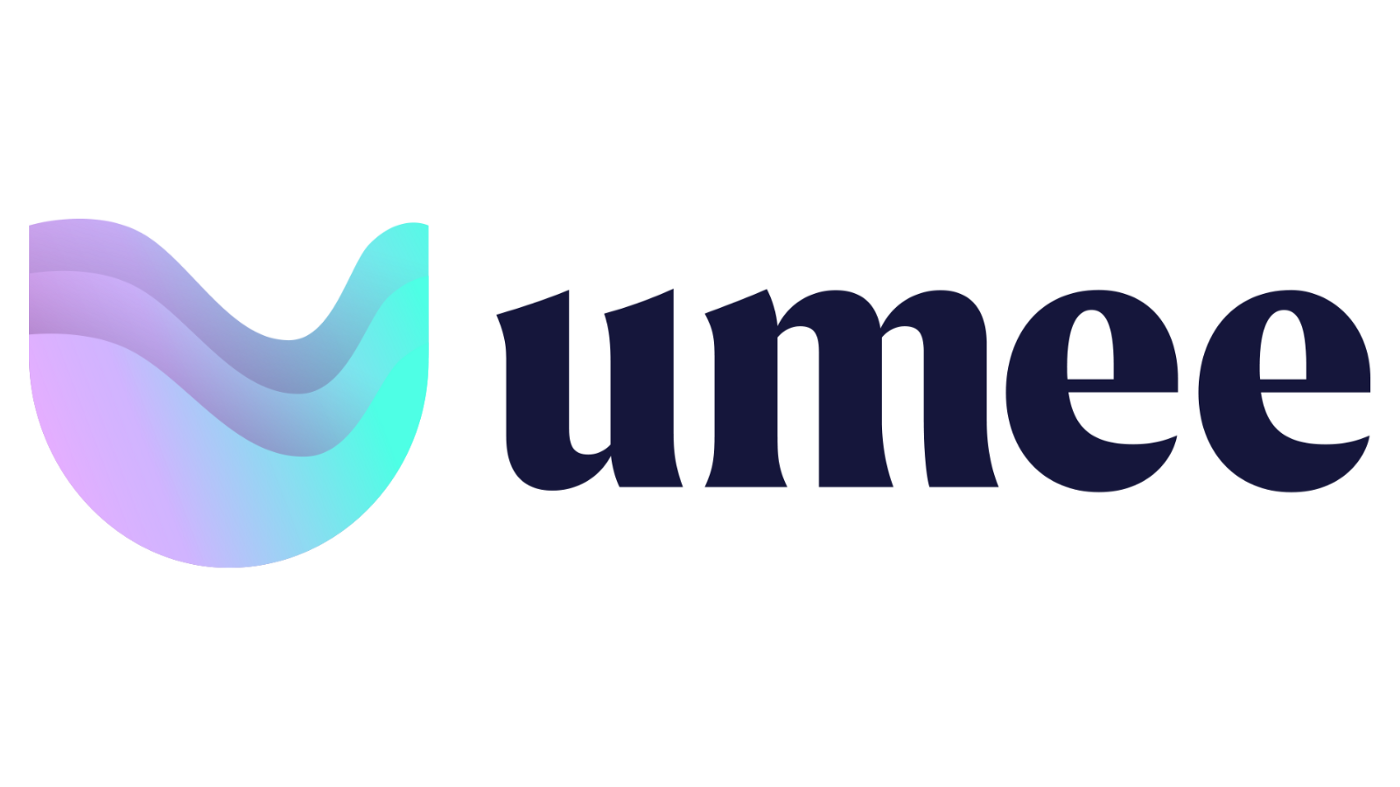
Decentralized Finance, or DeFi, as it is popularly known, has been around for years now, but it wasn’t until mid-2020 that the trend truly exploded and became known to crypto users all over the world. Before 2020, DeFi consisted of a handful of small projects that were not known to a lot of people, as the majority of people in crypto focused mostly on how to earn money from trading and investing.
It is possible that the COVID-19 pandemic, which went global in early 2020, had something to do with DeFi becoming a massive crypto trend. After all, the pandemic made a lot of people start working from home, while others, who lost their jobs, were desperate to find some way to earn money on regular basis. With the stock market crash, people started turning to crypto, and it wasn’t long before projects that offered regular passive income in exchange for locking up some of your coins started getting the attention they deserve.
Fast-forward two years, and we have DeFi as we know it today — a massive trend that continues to grow, as more and more people continue to join. However, in order to achieve the best effect, DeFi needs to reach true interoperability, which is easier said than done. Interoperability is also necessary for the creation of Web 3.0, or Web3, which is the next version of the internet that will combine all blockchain networks into one big, cross-chain network.
And, while there are many projects that aim to make DeFi interoperable, a lot of them have proven to be incapable of reaching true interoperability. One of those that stand out from this crowd is Umee (UMEE), which is why we decided to look into what it has to offer, and what it can really do.
How Does Umee (UMEE) Work?
Umee is a layer-one blockchain that enables cross-chain communication and interoperability. It was built on the Cosmos SDK, and it is powered by Tendermint Consensus, along with a self-sovereign validator network.
The project can achieve interoperability using an inter-blockchain communication protocol, or IBC, as well as a gravity bridge and decentralized infrastructure for developing a universal cross-chain DeFi hub, meant for expanding the crypto ecosystems.
Finally, it represents a DeFi platform made for the sole purpose of integrating with money legos, that can interconnect cryptocurrency markets across different networks. This allows for the development of open finance innovation, such as interchain leverage, cross-chain interest rates, or multi-chain staking.
Umee is a layer-one blockchain that enables cross-chain communication and interoperability. It was built on the Cosmos SDK, and it is powered by Tendermint Consensus, along with a self-sovereign validator network.
What Problems Does Umee (UMEE) Solve?
Let’s start our Umee review by pointing out some of the solutions that the project has delivered, as well as some of the goals that it has set for the future. For example:
Creating a cross-chain DeFi hub
The project’s main goal is to create a universal cross-chain DeFi hub, and to have its network serve as a base layer for future dApp and money legos. If you are familiar with the state in which the crypto industry is in right now, it becomes quite obvious why this is important.
Since the establishment of the earliest blockchains to this day, blockchain networks and their ecosystems have existed in isolation from one another. By connecting them and making them interoperable, countless new opportunities may become available for the users.
Integration with numerous projects
Thanks to the interoperability of the Tendermint PoS consensus mechanism that Umee is using, its blockchain is very easy to integrate with other chains. So far, the project has already integrated with Cosmos and Ethereum, and it can do the same with any side chain, layer-two chains, and even alternative base-layer protocols.
Addressing the issues of DeFi
Umee was created to seek interoperability, but also to address some of the issues that are plaguing DeFi even now. For example, it wishes to solve the problems of detached yields, isolated capital, and concentrated systemic risks, all of which need to be addressed in order for this technology to evolve further and reach its true potential.
Benefits of Umee (UMEE)
Now, let’s talk about some of the benefits that users can expect to get from interacting with Umee. There are a few to note, including:
Cross-chain lending/borrowing
Decentralized lending has been by far the most popular activity in DeFi, even bigger than staking. Lending protocols have dominated the list of largest projects by TVL ever since DeFi went big. By enabling cross-chain lending and borrowing, users will be able to use their favorite cryptocurrency to provide collateral, or simply to lock it up into the lending pool and receive passive income, and all that by staying in their preferred ecosystem.
Staking
Lending may be more popular than staking, but that doesn’t meant that staking doesn’t have a massive community of its own. Similar to lending, cross-chain staking can allow users to stake coins that they couldn’t before, which is bound to result in an even greater interest in this activity.
Universal Debt Facility
Another key feature of Umee is something called Universal Debt Facility, which is a base layer lending protocol that allows developers to deploy their own customized debt instruments. Thanks to its modular design, future lending pools, and DeFi protocols, it is possible to build interfaces on top of it.
Bottom Line
Umee is a revolutionary project for the DeFi sector that can bring the greatest leap in DeFi evolution since the sector’s establishment. It will not only affect DeFi, but also all of the blockchain industry, and possibly contribute to the creation of Web3, which is currently the biggest goal of the crypto industry.
In other words, there is a lot to look forward to when it comes to this project, so if you are thinking about expanding and further diversifying your portfolio, definitely check it out.



















